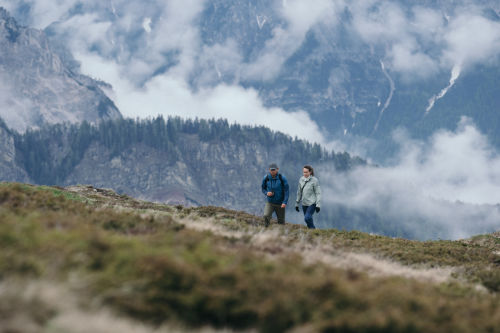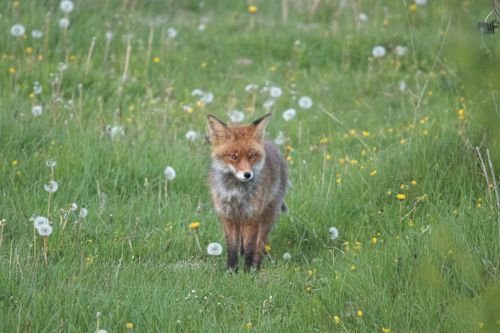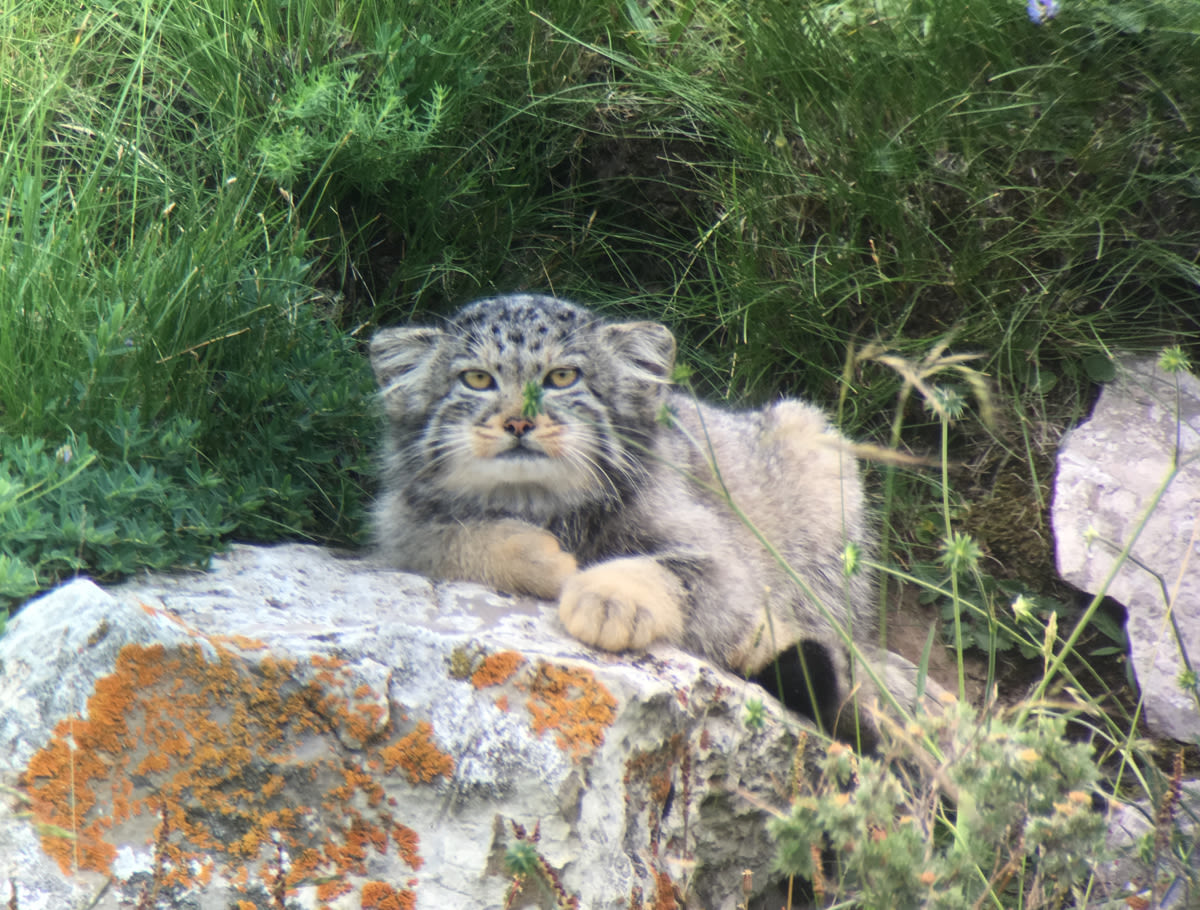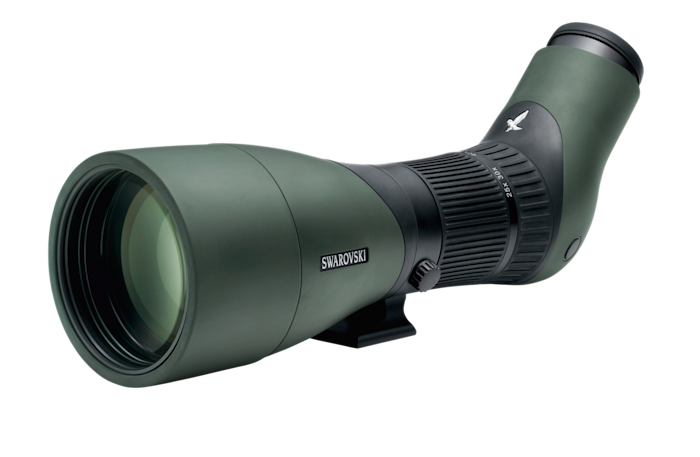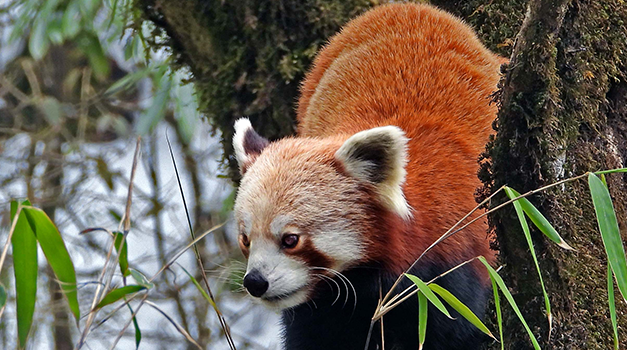It was early August. During an interview about China’s wildlife, the reporter asked me which mammal I most wanted to see in China. Perhaps predictably, I said “Snow Leopard”. I followed up quickly with “…but Pallas’s Cat is a close second."
A few days later, to celebrate my birthday, Marie Louise Ng and I headed to China’s Qinghai Province, on the edge of the Tibetan Plateau. We explored the shores of Qinghai Lake, enjoying the colonies of Pallas’s and Brown-headed Gulls, caught sight of the Tibetan Lark, the rare Pinktail and cherished encounters with Wolf and Tibetan and Red Foxes. Along the way, we explored some spectacular mountains and valleys, some of which are rarely visited by anyone except a few local yak and goat herders.
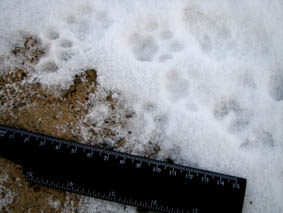
At Qinghai lake
A track!
On my birthday we discovered a track that ran from Qinghai lake towards a stunning gorge. With not much time left in the day, we resolved to be back early the following morning to spend the day hiking.
Heavy rain at dawn the next morning delayed our start and it was just before 7am that we drank our coffee, packed some water and snacks to fuel our walk and began our expedition into the gorge, pikas scampering down their burrows as we headed across the stone-covered grassland into the valley.
After about 20 minutes we passed the first crags, almost like practice attempts at cliff-building compared with the finished product we would encounter further into the gorge.
Suddenly, in the overcast early morning light, movement caught my eye.
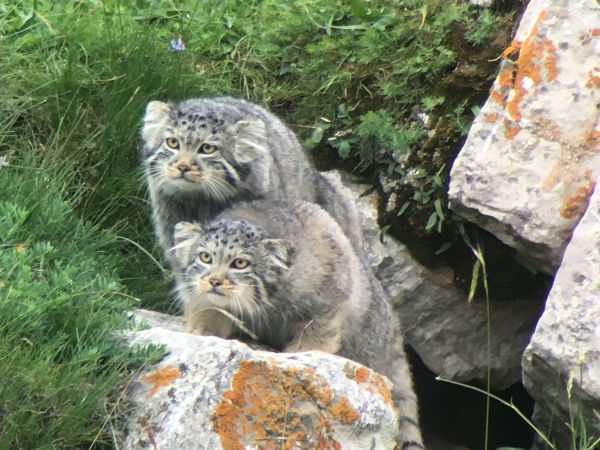
Setting up the telescope
"Pallas's Cat!"
I said to Marie “Pallas’s Cat!”, as softly as my excitement would allow. I quickly set up the telescope thinking that they would almost certainly run away as soon as they saw us. Instead, we were treated to incredible prolonged views as these two well-grown kittens practiced their hunting skills, chasing each other, biting each other’s tails and generally having lots of fun. We had stumbled across a den and knew it was only a matter of time before mother, presumably out hunting, would return. Settling down around 30-40 metres away, we sat still as the kittens played right in front of us, completely relaxed.
We were enthralled and couldn’t stop grinning to each other. I took some video with my iPhone and Swarovski Optik ATX95 telescope as the kittens continued to perform. After around 40 minutes, which went in a flash, the kittens suddenly stopped fooling around and both stared intently in the direction of some nearby rocks. A quick scan in that direction revealed mother, slowly walking towards the den with a pika in her teeth. We froze with anticipation. Then, suddenly, she dropped the pika, turned around and, almost in slow motion, crawled to a nearby hollow before raising her head and looking directly at us. She had seen us. And we were obviously too close for her liking. Not wanting to disturb, we began to retreat but before we had moved 10m from our position, she returned to pick up the pika and headed towards the den, seemingly content with our presence. Fortunately, I was able to record the moment when the kittens scampered up to her, one of which grabbed the pika and took it back to the den, before being followed by its sibling and, finally, its mother.
We had spoken about the possibility of seeing a Pallas’s Cat on this trip. However, not in our wildest dreams had we considered an encounter such as this.
According to the Mammals of China, Pallas’s Cats are nocturnal and crepuscular, solitary and hunt by ambush. They are not fast runners and are most active at dusk and dawn. They often spend the day in caves, rock crevices, or marmot burrows, and emerge in the late afternoon to begin hunting, although when they have young they often hunt around the clock. They feed largely on diurnally active prey species such as gerbils, pikas and voles, but also take birds, hares and even marmots.
About the author: Terry Townshend
Terry Townshend is a Beijing-based conservationist and environmental law expert. He works with Chinese organisations to help save some of China's rarest birds from extinction and helped set up China's first community-based wildlife tourism project on the Tibetan Plateau - "The Valley of the Cats" - focusing on Snow Leopards. He is a Fellow of the Paulson Institute, advising their conservation programme, including protecting coastal wetlands, the development of China's national park system and financing biodiversity. Terry runs the Birding Beijing website, serves on the Global Advisory Group of BirdLife International and is a brand ambassador for SWAROVSKI OPTIK.

